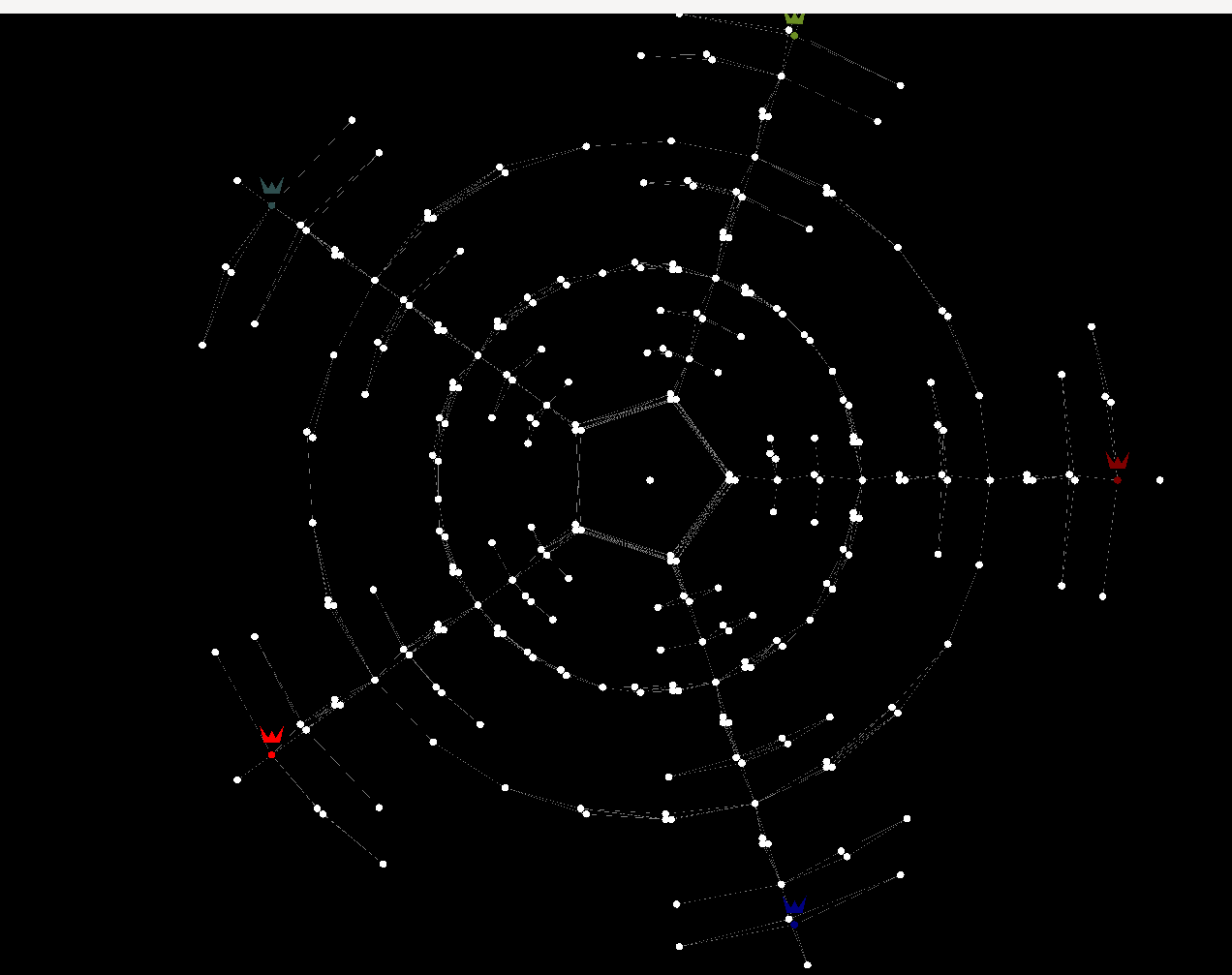
To make the universe easily perceivable and avoid micromanagement and other gameplay issues that typically stem from free-form space travel, all travel between star systems is only possible via set "starlanes" which represent the possibility to instantly move between two systems after certain preparations. It takes time and resources to open breaches between systems, and exit and entry only can be on the edge of a star system. Cost scales exponentially based on the area of the breach, and multiple breaches interfere with each other, so opening a big breach for the whole fleet to enter at once is prohibitely expensive.
Fleets have to spend several weeks to prepare for opening breaches wide enough for a successful assault, and the process is possible to notice (but not disrupt) from the other side with adequate recon. There is certain optimum of time invested vs area.
To travel quicker, fleets have to move in a file and possibly fold, disassemble, or tow, some ships. Civilian freighters are optimized for quick movement through multiple breaches and can reach any point in the known universe in a week.
Starlanes can be "established" by installing some infrastructure, otherwise using them for travel is very expensive and is only possible by military fleets or specially equipped explorer ships.
There should be a galaxy generator that makes sure all players are in similar starting positions, while providing opportunities for lighter early and more intense late game contact.
Currently, this is implemented by universe generator called "sunrays".

There is a ray for each player, leading to the core of the galaxy, with small dead-end branches and three concentric interconnection rings.
There are four types of stars that differ by resources and situations their presence produces.
These stars benefit logistics and trade. Low gravity allows for cheap movement through the system between two breach points, but intense radiation makes long-term stay difficult.
These stars are similar to the former Sol, feature low radiation and often contain life-friendly planets.
These stars have high luminosity and radiation and systems are rich in rare elements, facilitating industry but making life support difficult.
These stars are highly massive, unstable and emit a lot of radiation, making the system very unfriendly even for traversal. However, natural science benefits greatly from these locations.
Star systems often contain fields of asteroids or debris. Both provide entrenchment and siege aid, and debris can be explored, studied and shipped for recycling to gain technology related to what it used to be. Most valuable debris comes from wandering pieces of Sol's installations, and debris from more developed cultures can provide a technology boost for lagging ones, even if it only features own ships that has been attacked by superior technology.